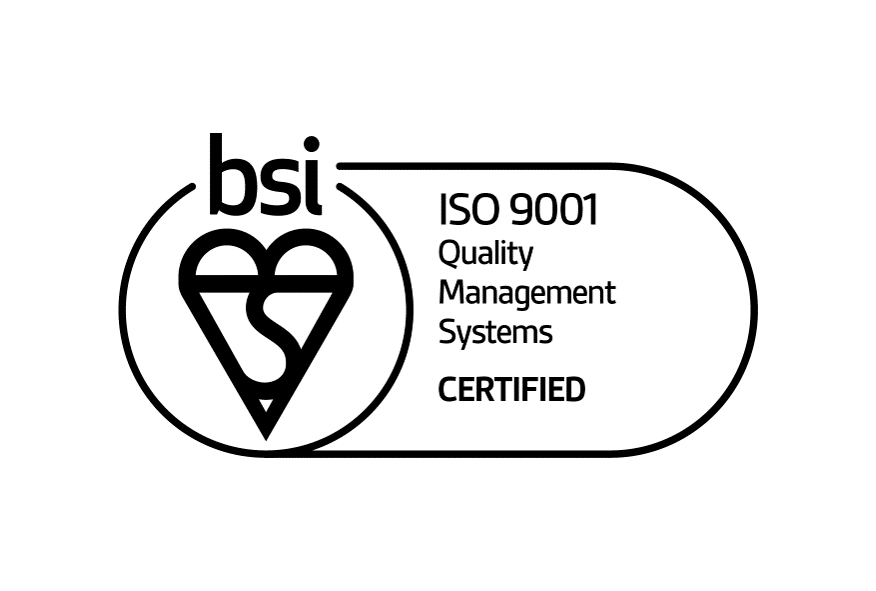Why do you need a Cloud-First STRATEGY?
by Conosco on Mar 21, 2017
 The use of cloud computing technology is estimated to increase by nearly 20% in the coming years, with the industry topping £11.5 billion by 2019 (Forbes). Gartner research adds that by 2018, half of the applications running in the public cloud will be mission-critical. With these stats at the forefront, it comes as no surprise that savvy businesses are considering a ‘cloud-first’ business model.
The use of cloud computing technology is estimated to increase by nearly 20% in the coming years, with the industry topping £11.5 billion by 2019 (Forbes). Gartner research adds that by 2018, half of the applications running in the public cloud will be mission-critical. With these stats at the forefront, it comes as no surprise that savvy businesses are considering a ‘cloud-first’ business model.
The concept of a ‘cloud-first’ strategy was pioneered by the U.S federal government in 2010 and has since spread into the business sector. In 2012, a report to Congress showed that over half of all federal agencies had adopted cloud technology.
So what exactly does ‘cloud-first’ mean? If an organisation prioritises exploring the viability of cloud-based solutions rather than traditional architecture, it can be said to be employing a cloud-first strategy.
While this concept may sound pertinent and progressive, it’s important for any business to consider the pros and cons of shifting workloads and data to the cloud, and, most importantly, the process you’ll follow to do so. This involves careful strategic thought and planning about your business’ current and future needs.
Pros of a cloud-first strategy
In almost all cases, a cloud-first strategy is more efficient, leaner and more manageable than legacy architecture. Best of all, migration can be implemented one step at a time, without significant upfront investment.
Other factors in favour of cloud technology are that it:
- Allows businesses to leverage economies of scale that are available on large public platforms, reducing capital expenditure and complexity
- Provides highly resilient infrastructure, across multiple worldwide locations
- Is built on the best available hardware
- Presents unlimited potential for growth / scale
- Is easily up-gradable and highly flexible – can be decreased or increased in size as business changes
- Reduces the space and facilities required to host IT infrastructure
- Requires less engineering expertise required to set up and maintain
- Is more secure than a traditional infrastructure (if designed and built correctly)
- Can be more cost-efficient, with built-in security, backup and disaster recovery bundled in
- Is relatively easy for employees to use
Cons and considerations for a cloud-first strategy
- Higher OpEx – cloud service providers typically work with a ‘pay as you go’ model, opposed to the upfront costs associated with traditional hardware and software
- High-speed internet connectivity is required at all sites for cloud-based applications and infrastructure to operate efficiently
- Outages can be outside of your control
The sensible way to migrate to the cloud
Any cloud migration requires comprehensive planning to ensure that the move to the cloud is logical, secure and as undisruptive as possible. In this case, many companies will reach out to a cloud migration expert who can maximise benefits and mitigate risks by helping businesses:
- Perform extensive inventory and identify current workloads and data for potential migration
- Determine data security and examine security protocols
- Decide on the level of integration suitable to your business – applications, management, infrastructure etc.
- Establish governance, with clear cloud-based policies and procedures
- Determine your payment model
- Examine the cost factors for moving operations to the cloud
- Provision and automate cloud services
- Ensure that your company’s specific recovery times and objectives can be met
For many businesses, migrating to the cloud proves a cost-effective and efficient solution. With a cloud-first strategy, the focus is not only on how the cloud network is built, but how cloud is utilised. This motivates the business to use the technologies that work the best, rather than those that simply leverage old infrastructure. To implement a cloud-first strategy, it’s advisable to seek expertise to plan and manage these vital changes to maximum advantage.
Contact Conosco to find out whether a cloud-first strategy is appropriate for your business.
Sage has created a helpful infographic on staying safe in the cloud. You can view it here.
You May Also Like
These Related Stories

Our New Global Clients: Crabtree & Evelyn and ActionAid
Conosco to deliver strategic Managed IT services to new international clients We are delighted to announce the signing o …

Conosco’s Leadership Team #ChooseToChallenge Gender Inequality
In the UK IT sector, women only account for 22% of employees. As a technology business, it is our responsibility to help …

Conosco achieves ISO 9001 certification demonstrating its commitment to providing quality services
We are thrilled to announce that Conosco has achieved ISO 9001 certification, the international standard for quality man …
